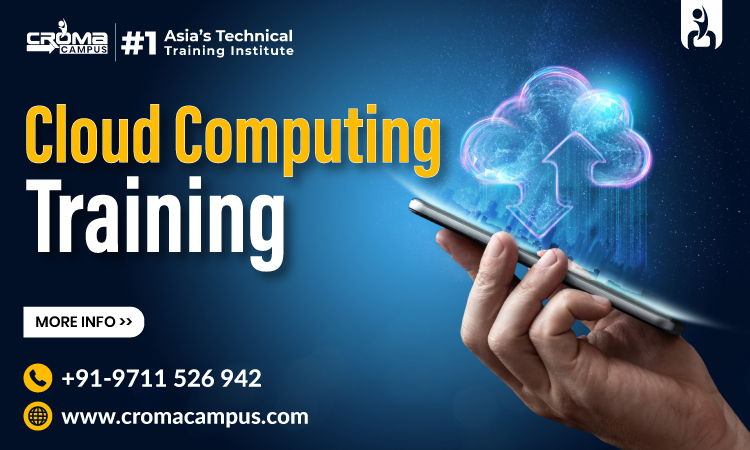Overview
Cloud computing has changed the way businesses and people use technology by offering online access to computing resources. But understanding the costs involved is crucial to avoid surprises and make the most out of cloud services. If you want to improve your skills in cloud computing, taking a Cloud Computing course in Hyderabad is a great way to learn more and get better at this popular and growing technology.
List of Various Cost Factors in Cloud Computing
Infrastructure Costs
-
Compute Resources: This is the cost of virtual machines (VMs) or instances that run your applications. The price depends on the type and power of the VM you choose. For example, a high-performance VM will cost more than a basic one.
-
Storage Costs: This covers the amount of data you store in the cloud. Different types of storage, like block storage (for databases) or object storage (for files), have different prices. You might also pay extra for retrieving or transferring data.
-
Networking Costs: These are the charges for data transfer within the cloud and between your on-premises systems and the cloud. This includes both uploading and downloading data, and using content delivery networks (CDNs) to speed up content delivery.
2. Service Model Costs
Cloud computing offers several service models, each with its own cost structure:
-
IaaS (Infrastructure as a Service): You pay for the virtual machines, storage, and networking resources you use. This model lets you choose and pay for only the resources you need.
-
PaaS (Platform as a Service): You pay for the platform services you use, like databases and development tools, rather than the underlying infrastructure.
-
SaaS (Software as a Service): SaaS applications are accessed over the internet, and you typically pay a subscription fee. The cost may vary depending on the number of users and the features you need.
3. Licensing and Subscription Costs
-
Software Licenses: Some cloud services require you to pay for software licenses, which might be included in your subscription or billed separately.
-
Subscription Tiers: Cloud providers offer different subscription levels, each with various features and support options. Higher tiers provide more features but come with higher costs.
4. Usage-Based Costs
-
On-Demand Pricing: You pay for the resources you use, such as computing power and storage, on an hourly or per-minute basis. This model is flexible but can become expensive if not managed well.
-
Reserved Instances: You can save money by reserving resources for a longer period, like one or three years, at a lower rate compared to on-demand pricing. This requires a commitment but offers significant savings.
-
Spot Instances: Cloud providers offer discounted instances that can be terminated by them with little notice. This option is suitable for tasks that can handle interruptions and can save you money.
5. Data Transfer and API Costs
-
Data Transfer Costs: Moving data into or out of the cloud, especially between different regions or to the internet, can be costly. Understanding the pricing for data transfer is essential to manage these expenses.
-
API Calls: Cloud services often charge for the number of API requests you make. Frequent API calls or complex interactions with cloud services can lead to higher costs.
6. Management and Monitoring Costs
-
Management Tools: Cloud providers offer tools to help you manage and monitor your resources. Some of these tools come with extra charges.
-
Third-Party Tools: There are many third-party tools for enhanced monitoring and management, and these might come with additional costs.
7. Compliance and Security Costs
-
Compliance Services: To meet legal and regulatory standards, you might need to use additional services or features, which can add to the cost.
-
Security Services: Advanced security features, such as encryption and threat management, often come with extra fees. Investing in these services is important for protecting your data but can increase your overall costs. If you want to learn about cloud computing, taking a Cloud Computing course in Pune can help you get the skills and knowledge you need.
Sum up,
Understanding the cost factors in cloud computing helps you manage your budget and avoid unexpected expenses. By considering infrastructure costs, service models, licensing, usage-based pricing, data transfer, management, and compliance, you can make informed decisions and optimize your cloud spending. Regularly reviewing your cloud usage and costs will help you find savings opportunities and ensure you get the best value from your cloud services.

